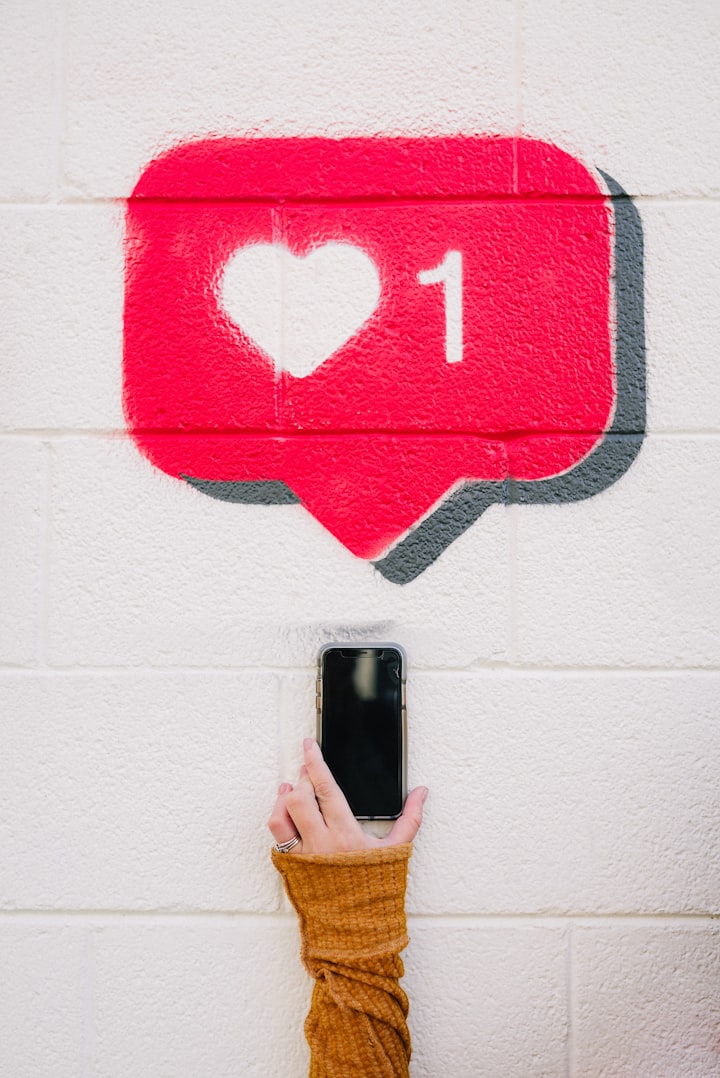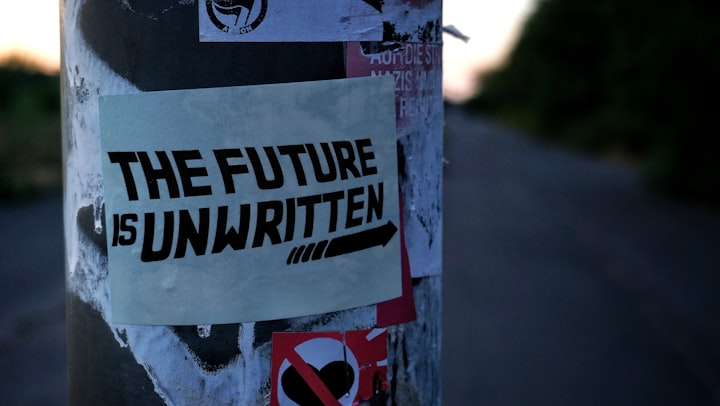This is How You Get Sucked Down the Social Media Rabbit Hole
Social media has become a psychological minefield that uses infinite scrolling and algorithmically selected content to exploit our dopamine systems. Fortunately, the cure isn’t rocket science.

The average social media user spends 2 hours and 31 minutes on scrolling apps per day. That’s 38 days each year — or a little over 10 per cent of our lives. But getting sucked down the social media rabbit hole may be beyond our control.
Most social media apps feature infinite scrolling, which means we can continuously scroll down a never-ending list of bite-sized content that has been algorithmically selected to appeal to us, and hold our attention without interruption.
This has a powerful psychological effect that can keep us stuck in a social media rabbit hole, even if we’d actually prefer to be doing just about anything else.
Decoding the social media spell
The gravitational pull of the social media rabbit hole seems to get stronger with the more content we consume. There’s a cumulative effect at play that keeps us locked into an infinite scroll. Research by Harvard Business Review found that after watching five videos in a row, we’re 10 per cent more likely to keep going than if we had watched a single video.
But the scrolling spell doesn’t end there. The algorithms that power most content apps or platforms suggest related material for a reason. The same Harvard Business Review research also revealed that framing videos as similar to the one we’ve just watched makes us 21 per cent more likely to continue watching.
And if our social media session is free of interruptions, we’ll struggle even more to escape the scrolling black hole. Harvard Business Review survey participants whose video consumption was uninterrupted were 22 per cent more likely to keep consuming content.
Understanding the psychology of scrolling
It’s not just what’s happening on screen that’s fueling our scrolling addiction. There’s also plenty happening in our brains that’s keeping us locked in. That’s partly because when an algorithm suggests related content, it has a powerful effect on our psychology. We’re wired to anticipate that we’ll enjoy related content more, which delivers a nice dopamine hit.
While dopamine is known as the ‘feel good hormone’, it doesn’t actually give us pleasure itself. Rather, it motivates us to take actions that we think will bring us pleasure. So in a social media scrolling context, dopamine is motivating us to continue to consume content that we think will bring us pleasure, without necessarily paying off. It keeps us stuck on the social media treadmill that continuing retriggers a state of desire in what quickly becomes a self-defeating loop.
Here’s why that’s a problem. A near-constant dopamine supply during extended scrolling sessions can put our dopamine system into overload. This can lead to an increase in impulsive and addictive behaviour. And chronic dopamine overdrive can leave us feeling anxious and depressed. It may even contribute to attention deficit hyperactivity disorder (ADHD) bipolar disorder, and obsessive-compulsive disorder (OCD).
Getting on the fast track to healing
As our overloaded dopamine receptors become less responsive over time, we risk shutting them down completely. To avoid this, many people have embraced ‘dopamine fasting’. The idea is that by avoiding dopamine-generating activities for a period of time — like social media scrolling — we give our dopamine system a chance to reset.
However, a dopamine fast won’t necessarily restore our equilibrium alone. We also need to embrace all the usual factors that promote a healthy lifestyle. Good sleep hygiene including no screen time for at least an hour before bed is a good start. Going to bed and waking up at the same time every day — even on weekends — will also help.
The rest is really not rocket science. Swapping processed food for fresh fruit and veggies will likely improve mood regulation, and 30 minutes of daily exercise that elevates your heart rate will help to restore natural dopamine levels. Calming the mind with regular mediation will also support a dopamine reset.
But practising mindfulness when it comes to our social media use is our best defence against being sucked back into the black hole of infinite scrolling when we do choose to break our fast with that next irresistible cat video.
Subscribe to THE MALCONTENT for more articles like this.
About the Creator
Shane Peter Conroy
Shane is just another human. He writes, he paints, he reads. He once got his tongue stuck to the inside of a freezer. Actually, he did it twice because he thought the first time might have been a fluke. https://themalcontent.substack.com






Comments
There are no comments for this story
Be the first to respond and start the conversation.